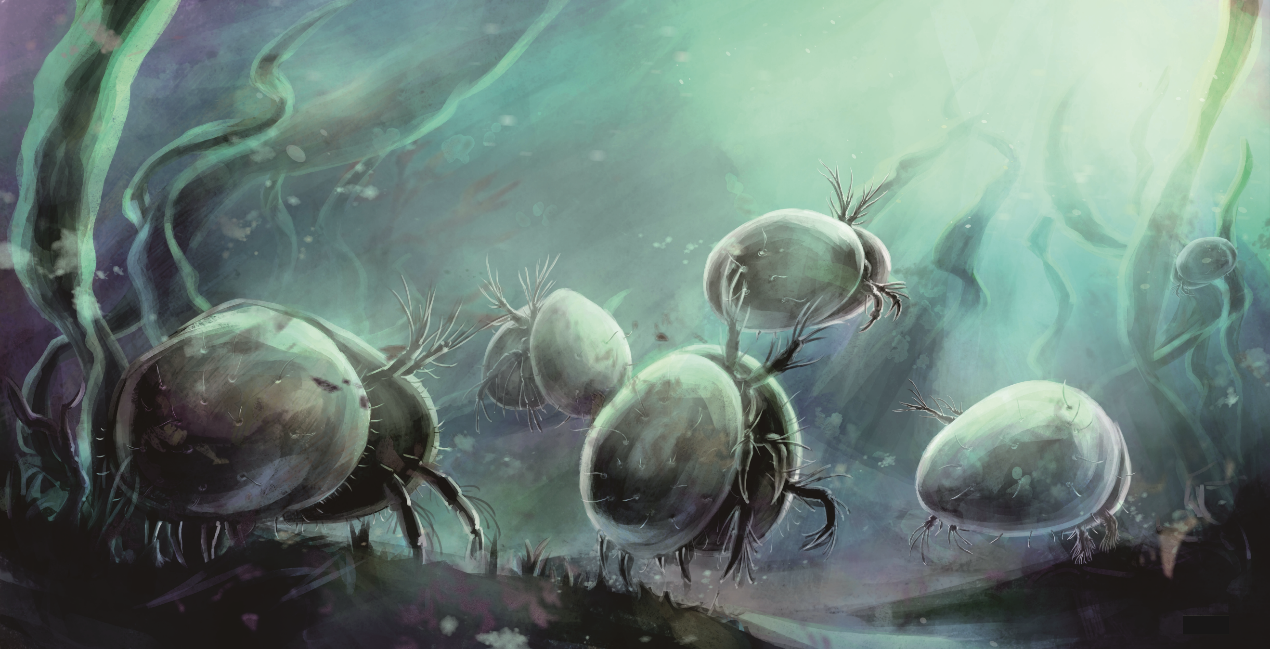
Ostracoda is one of the most widespread and diverse groups of crustaceans since the Early Ordovician. The subclass Podocopa are the most abundant ostracods during the Palaeozoic. However, its origin, evolution, ontogeny and phylogeny are poorly understood due to the lack of soft-part and molecular evidences, especially for the order Platycopida.
A research team led by Dr. SONG Junjun, Prof. HUANG Bing and Prof. QIE Wenkun from the Nanjing Institute of Geology and Palaeontology of the Chinese Academy of Sciences (NIGPAS) conducted the first study of morphological variation in Cribroconcha honggulelengensis, a typical Platycopida species in the Late Devonian, using a geometric morphometric approach and demonstrated allometric growth patterns for this species.
The study was published in Papers in Palaeontology on Feb. 10.
The researchers selected 178 specimens of C. honggulelengensis from the Upper Devonian Hongguleleng Formation of the Bulongour section in western Junggar of Xinjiang Uygur Autonomous Region, Northwest China.
They recognized five growth stages (i.e., Adult and from A-1 to A-4) of C. honggulelengensis, and found a strong relationship between shape and size, with juvenile specimens (from the stages A-4 to A-2) exhibiting higher variability in shape. During the early molt phase, the juveniles had rounded anterior and posterior borders with an ovate outline, while small and rare pores located in the posteromedian of carapaces. As the valve grew larger, carapaces elongated with small radius of curvature at anterior and posterior borders, and the pores-transverse ridges area expanded drastically, including large and dense pores.
Comparing with the living ostracods, they conducted functional morphological analysis of C. honggulelengensis and deduced that as the ontological variable changed, its body plan might have changed in a direction that made it more favorable, namely, to forage more efficiently and flee from predators more quickly.
The distinct ontogenetic shifts in C. honggulelengensis of the first allometric phase (i.e., stages A-4, A-3) and second allometric growth phase (i.e., Stage A-2) showed that shape variation might be not only a result of genetic homogeneity, but also a response to environment adaptation for salinity, oxygenation and water energy.

Ecological reconstruction and life mode interpretation of Cribroconcha honggulelengensis Song & Crasquin, 2017 in the Upper Devonian Hongguleleng Formation of western Junggar (Image by NIGPAS)

86-10-68597521 (day)
86-10-68597289 (night)

52 Sanlihe Rd., Xicheng District,
Beijing, China (100864)

